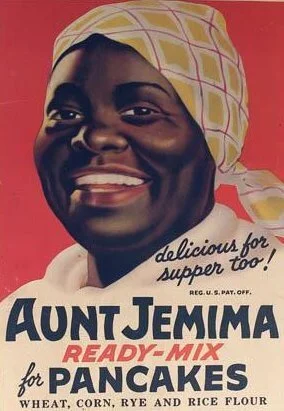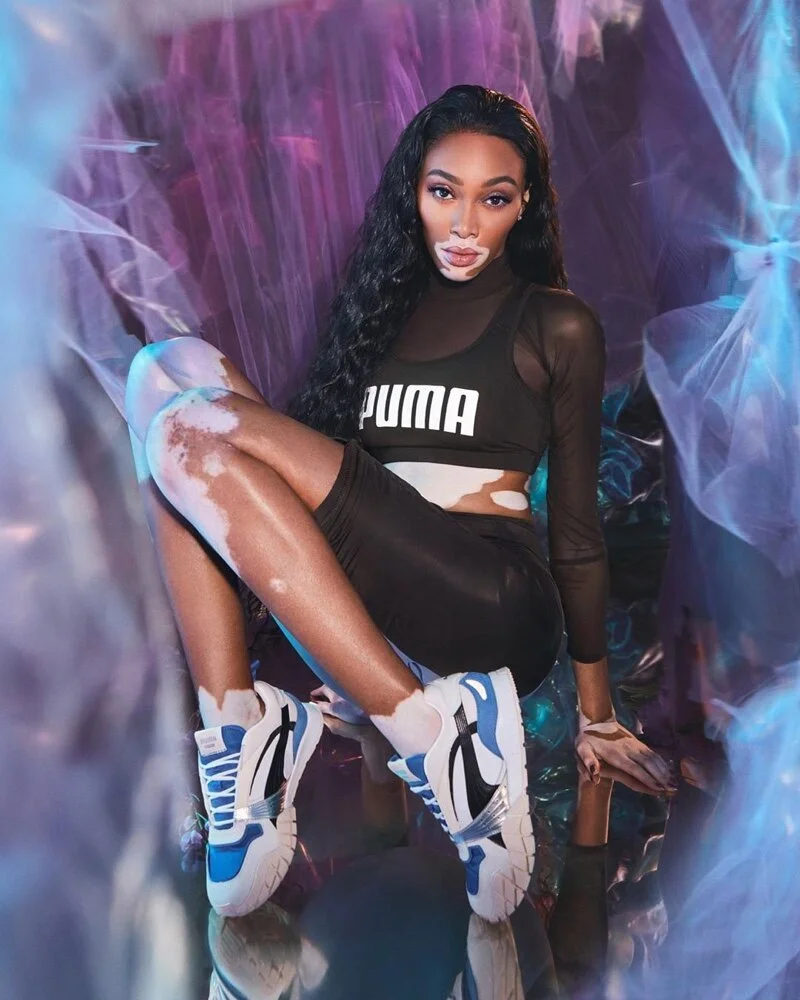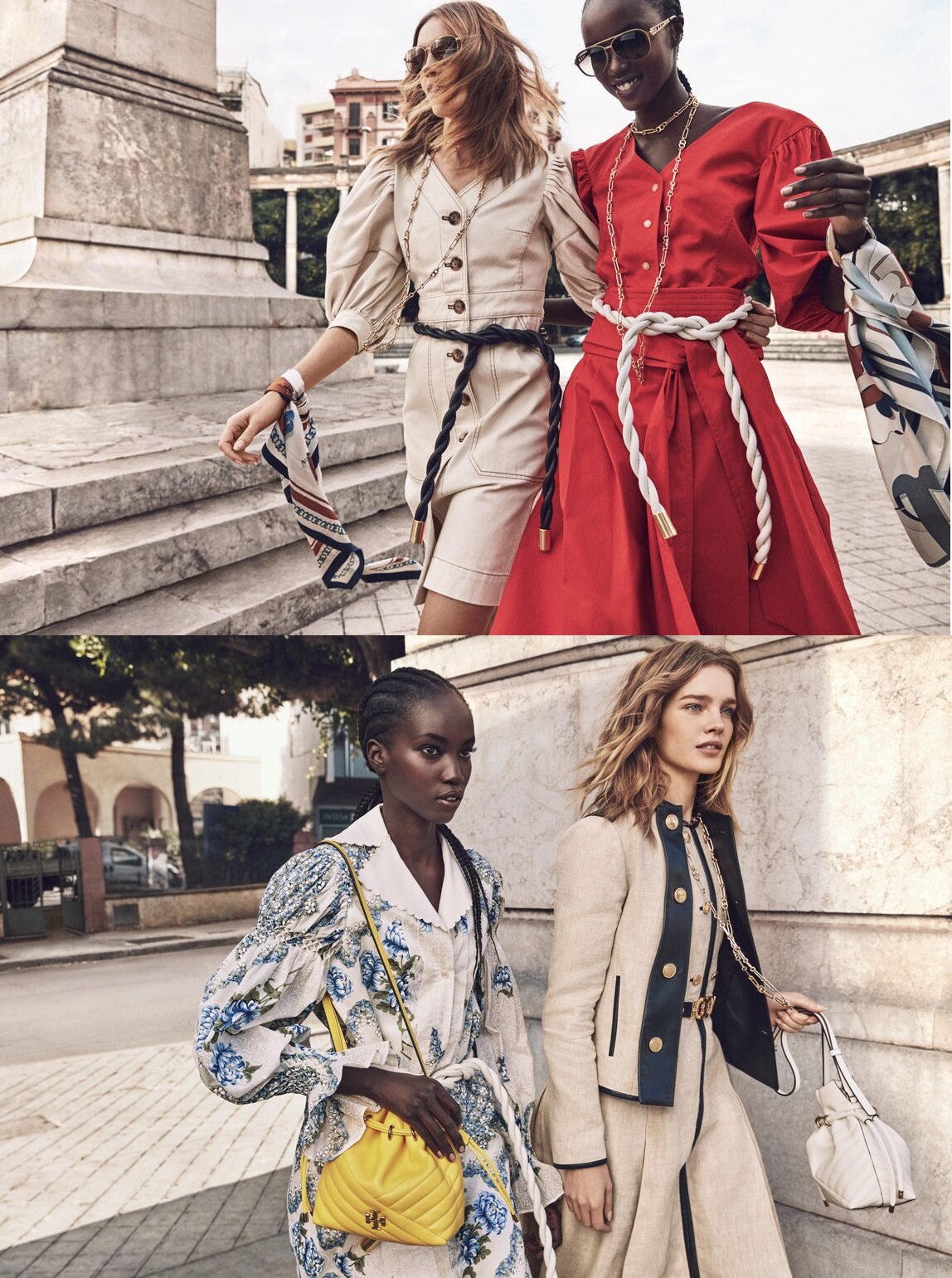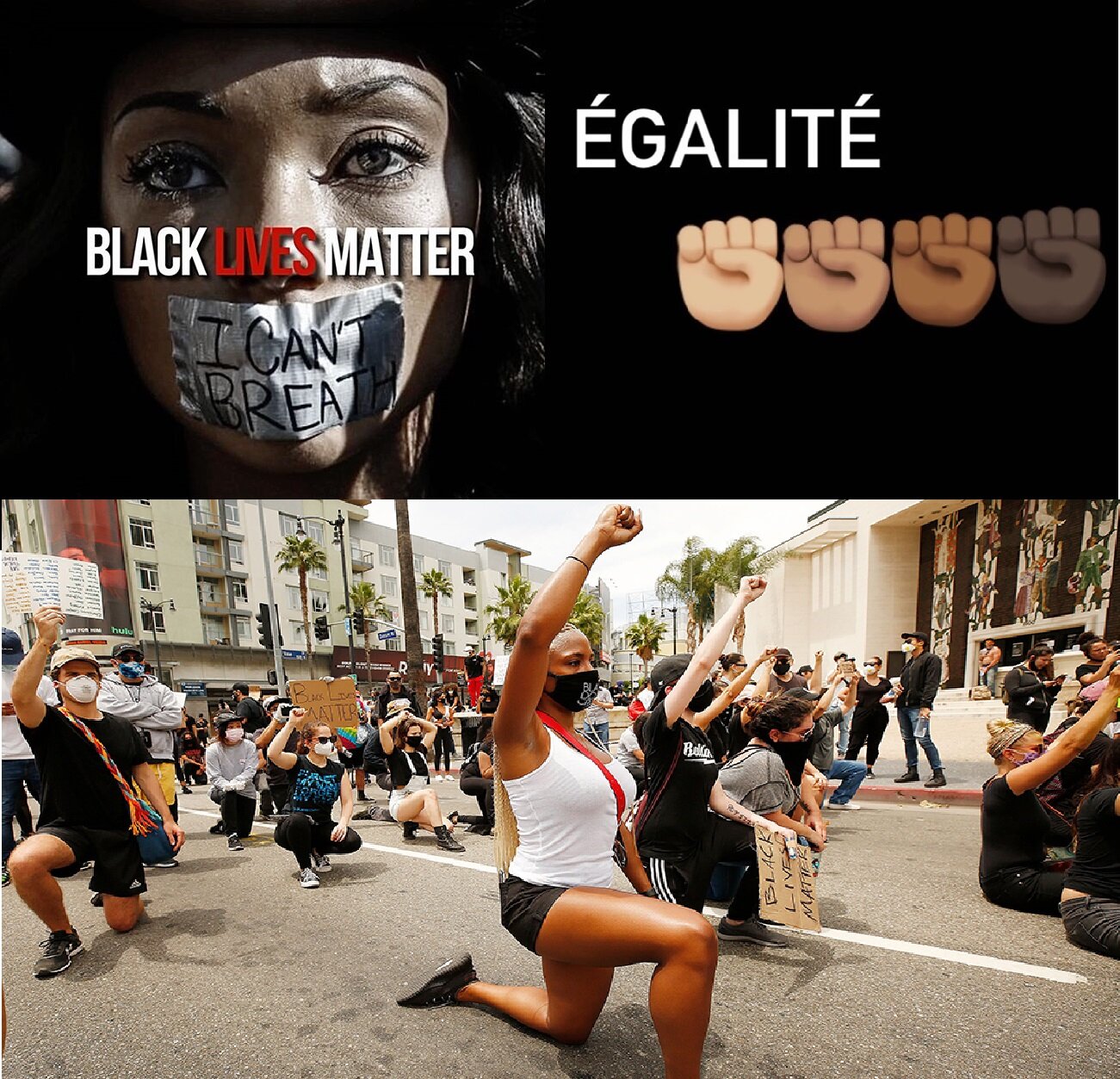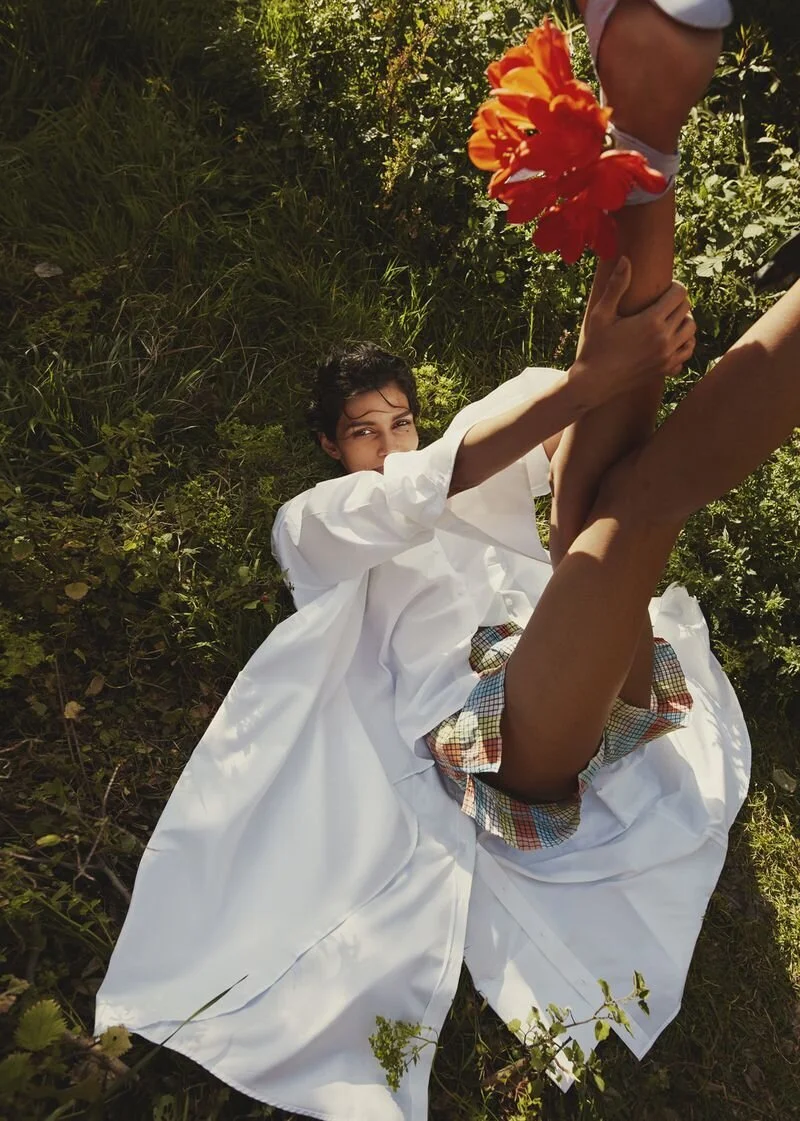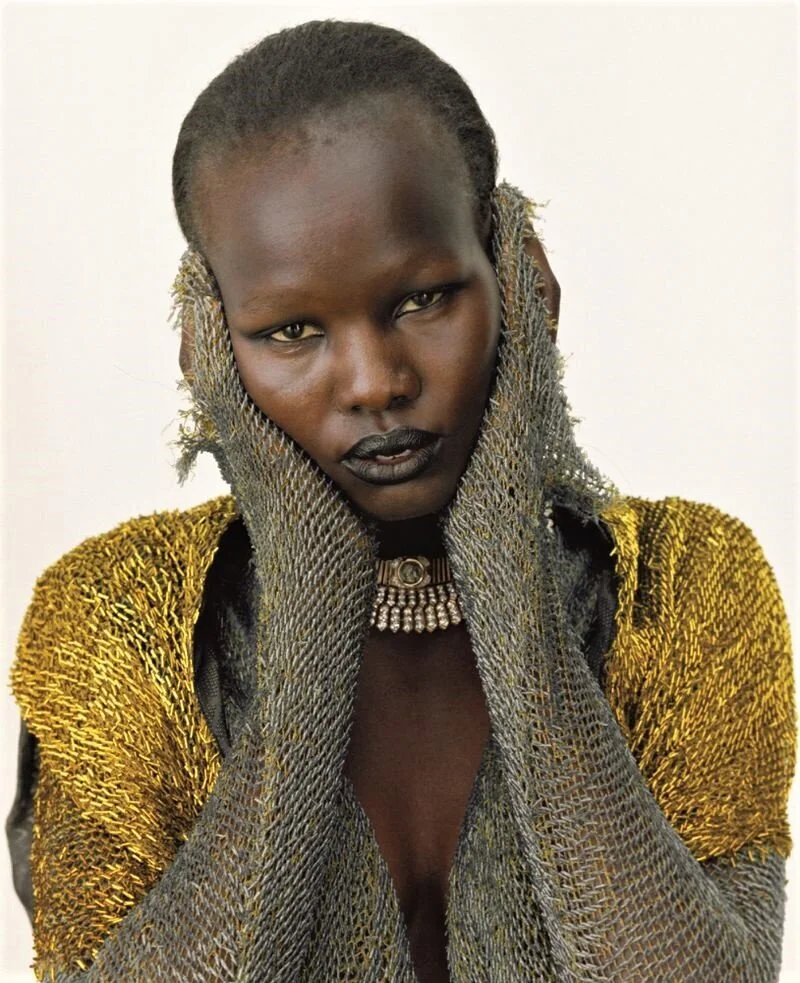NY Museum Will Move Teddy Roosevelt Statue Viewed As Overtly Racist
/“The world does not need statues, relics of another age, that reflect neither the values of the person they intend to honor nor the values of equality and justice,” said Theodore Roosevelt IV, a great-grandson of the 26th president, said in a statement approving the removal.Credit...Caitlin Ochs for The New York Times
The bronze statue of America’s 26th president, Teddy Roosevelt, will be moved.from the entrance to the American Museum of History in New York, where it has resided since 1940. I’ve passed it many times on my way into the museum and never seriously considered how it impacted people of color — especially those of African lineage — and Native Americans.
Looking at it now, I understand completely why the statue had come to symbolize a painful legacy of colonial expansion and racial discrimination.
“Over the last few weeks, our museum community has been profoundly moved by the ever-widening movement for racial justice that has emerged after the killing of George Floyd,” the museum’s president, Ellen V. Futter, said in an interview with the New York Times. “We have watched as the attention of the world and the country has increasingly turned to statues as powerful and hurtful symbols of systemic racism.”
Futter made it clear that the museum’s decision is based on the “hierarchical composition” of the statue and not Roosevelt the man, who is revered as “a pioneering conservationist.” I will add that Roosevelt being clothed and the other two men more naked sends its own message beyond physical scale.
A Roosevelt family member released a statement approving the removal.
“The world does not need statues, relics of another age, that reflect neither the values of the person they intend to honor nor the values of equality and justice,” said Theodore Roosevelt IV, age 77, a great-grandson of the 26th president and a museum trustee. “The composition of the Equestrian Statue does not reflect Theodore Roosevelt’s legacy. It is time to move the statue and move forward.”
In a compensatory gesture, the museum is naming its Hall of Biodiversity for Roosevelt “in recognition of his conservation legacy,” Futter said.
Not all critics agree with the argument that President Theodore Roosevelt didn’t embrace racial hierarchy.
[They] “have pointed to President Roosevelt’s opinions about racial hierarchy, his support of eugenics theories and his pivotal role in the Spanish-American War. Some see Roosevelt as an imperialist who led fighting in the Caribbean that ultimately resulted in American expansion into colonies there and in the Pacific including Puerto Rico, Hawaii, Guam, Cuba and the Philippines.
A nationalist, Roosevelt, in his later years became overtly racist, historians say, endorsing sterilization of the poor and the intellectually disabled.”




